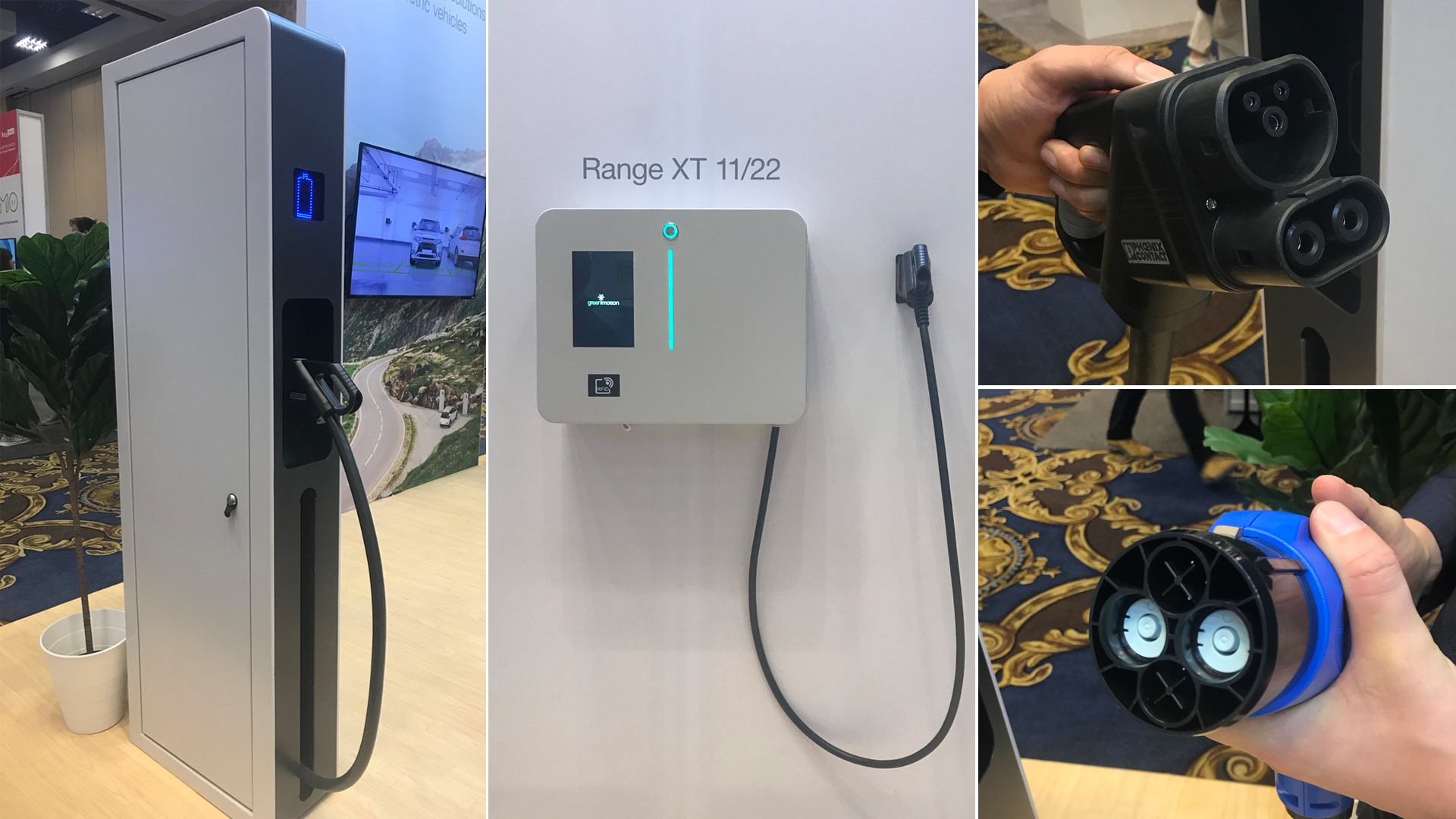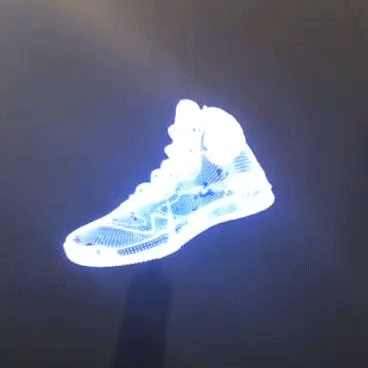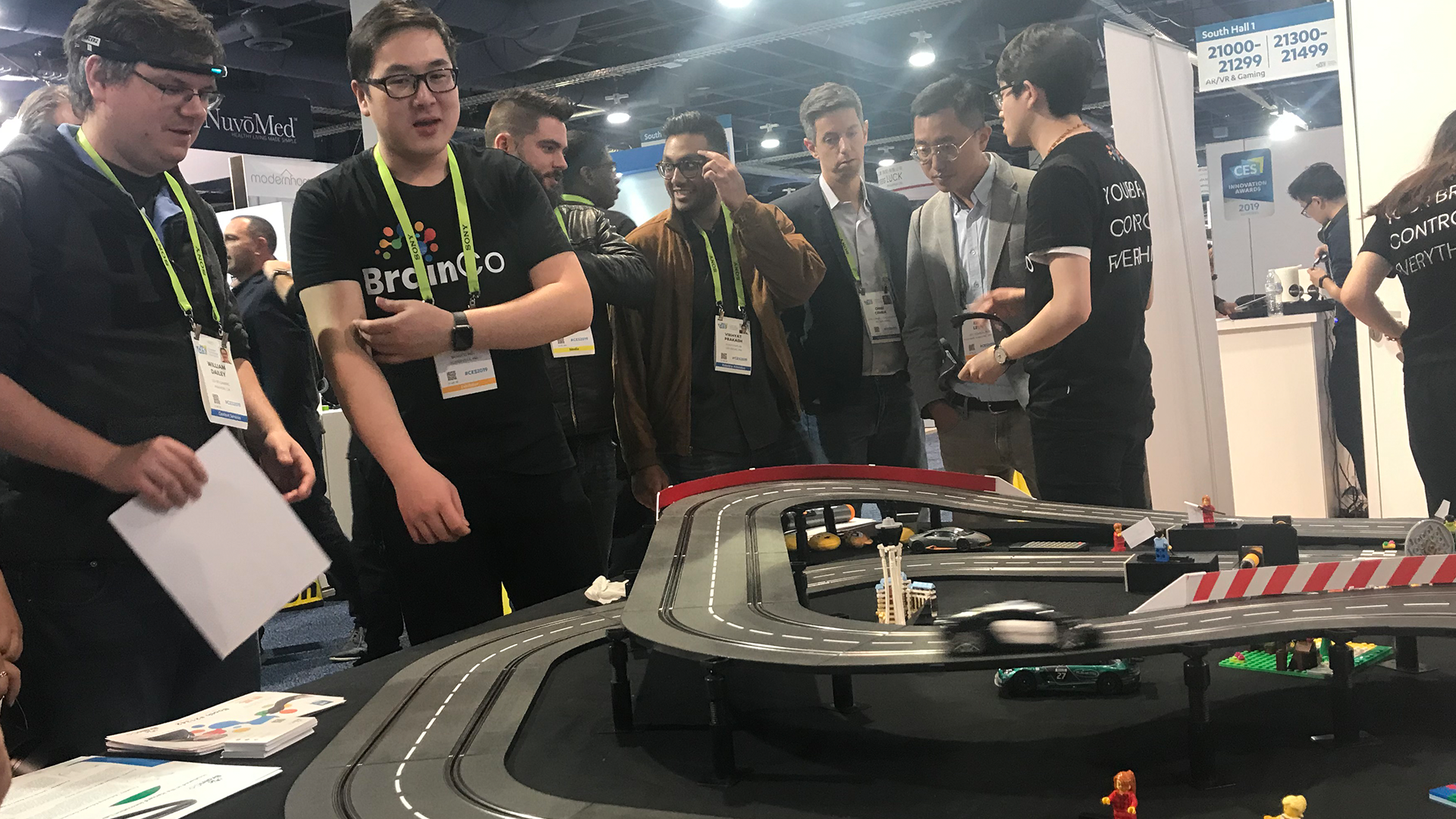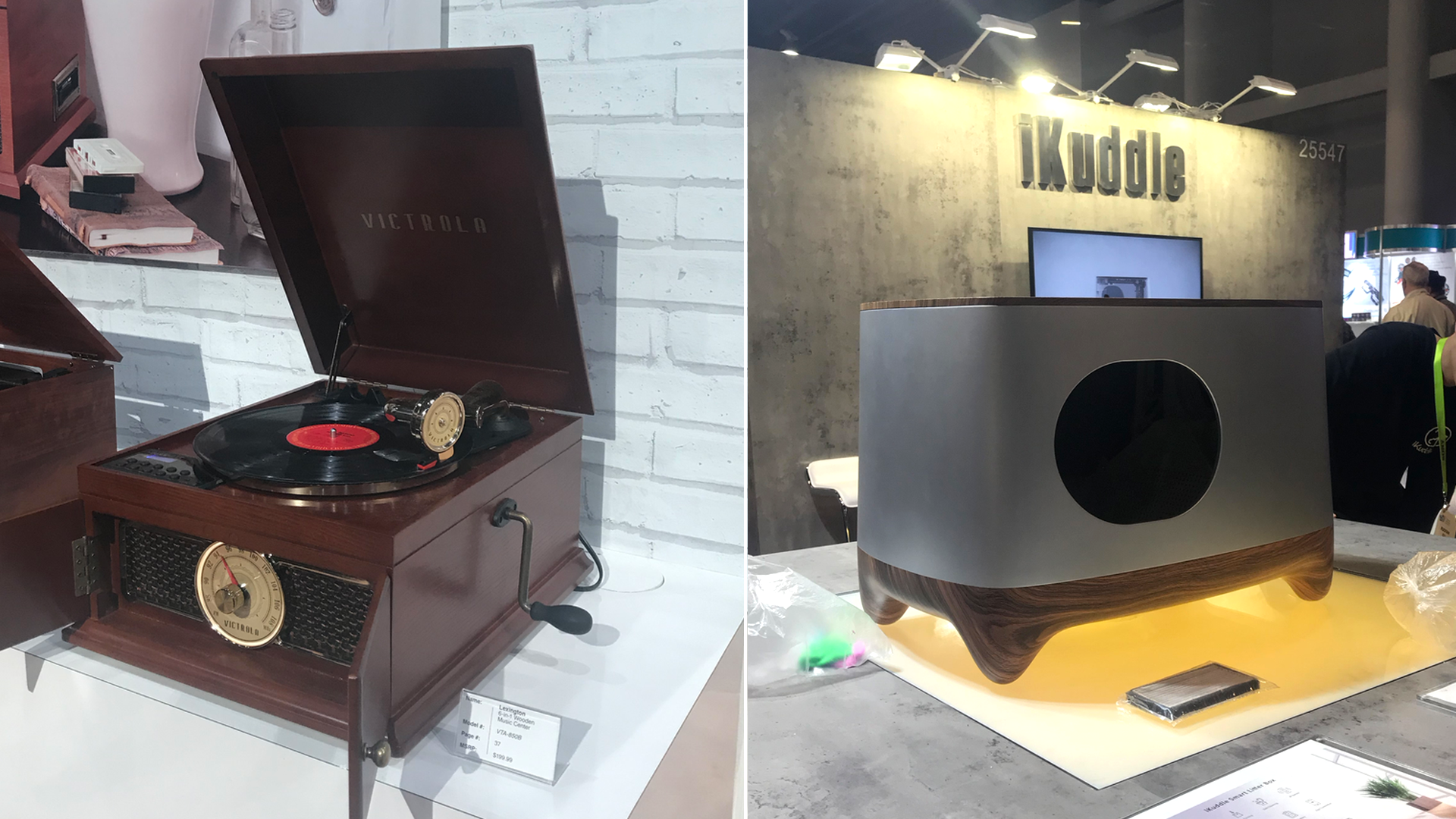
On the Cutting Edge at CES 2019, Part IV
This is part 4 of our ongoing recap from CES. If you missed our previous recaps, click here for Day 1, Day 2, or Day 3.
After spending a few days taking in and digesting all that there is to see at CES, Creative Technologist Rob Hudak had a few remaining thoughts, plus some overall observations about the direction of technology. How will our day-to-day change? How will the technology underneath change, while our day-to-day looks a lot like it does now? Rob’s thoughts:
Powering up innovation
One of the great things about innovation is that it creates opportunity for even more innovation. Think of all the apps for your smartphone or the accessories created to keep you connected. One great invention begets many more, and inventors and entrepreneurs are supercharged into creativity when a new platform emerges. Amidst all the excitement the fact remains that none of these technological innovations would be possible without first being able to power them up.
Autonomous and electric vehicles are all the rage. Some look the same as our classic cars and some look very different, but still they have the same design principles. Our fascination with cars might distract us from considering the vast infrastructure we have built for them to operate, and the services required to keep them running, including one of the most iconic ones in our culture: the gas station. In the Smart Cities hall at CES, Swiss company GreenMotion has not forgotten that electric cars will need to be charged on the go as well as at home.
Designed for roadways and rest stops, the Range XT 50/150 charging station is the most powerful and efficient charging station in the world. It looks like a combination of a gas pump and a MacBook Pro, and allows for two simultaneous charges, with two different types of charging cables per side, if you want that option. The example on the floor at CES had both the European charging as well as the plug used in China that they nicknamed “teatime” (茶点时间 or chadian shijian in Mandarin) because it only takes 20 minutes, or a “teatime,” for a full vehicle charge.
 GreenMotion’s Range XT 50/150 charging station, Range XT 11/22 home charging station, and European and Chinese “teatime” charging plugs.
GreenMotion’s Range XT 50/150 charging station, Range XT 11/22 home charging station, and European and Chinese “teatime” charging plugs.
GreenMotion’s designs are eye catching in their familiarity. The smaller home version of their charging station, the Range XT 11/22 allows you to charge your car and also take electricity from your car to put back on the grid.
I have to wonder how marketers will seize the opportunity of long charging wait times at our “gas stations of the future.” Perhaps an infomercial at every rest stop charging station? Experiential marketing while you wait? Or maybe your electric car will connect to your smart wallet to offer brand rewards when you charge up at an affiliated charging station and watch curated content while resting in your vehicle.
Whatever you can dream up, the reality is that there is a definite claim to stake in the powering up game. If CES is any indication, we’ll be seeing more powerful batteries and faster ways (both tethered and wireless) in which to charge them racing alongside technological innovation.
Magic in the air
Ever since we saw the character Tony Stark in the movie Iron Man working at his augmented reality desk, we’ve been dreaming of waving our hands in front of our own work floating in space in front of our eyes. There are all sorts of ways people are pushing the envelope of floating imagery 3D in space. Some with headsets and some without.
There is always a trick when it comes to making magic. Nobody is projecting anything directly into the air yet, but Hypervsn sure has found a way to make it look like it is. They use spinning fan blades that contain rows of small lights to achieve a very effective “floating” three-dimensional holographic display. Entertainment, events and retail can definitely get the attention they are looking for with this technology. Available for purchase and ready to use, Hypervsn’s 3D displays stood out amidst a sea of interesting visuals on the CES floor.
 Hypervsn 3D visual display, innovative and eye-catching.
Hypervsn 3D visual display, innovative and eye-catching.
Unlike the visuals that appear to be floating in midair before your very eyes, Augmented Reality is still tethered to wearable headsets and glasses. There were lots of demos for AR experiences, but Chinese startup Nreal stood out among them. With a stylish-sunglasses look, Nreal AR Glasses push 1080p projection through their lenses, with a 52-degree field of view, and 6 degrees of freedom spatial tracking, giving the Magic Leap and Microsoft’s HoloLens some serious competition.
Who needs a Las Vegas magic show when you can watch people at CES operate technology using their brain? The BrainCo company had a demonstration where you drove toy cars simply by wearing a headband and concentrating. The headband reads your brain activity so the more focused you are the faster the car goes. You could see this type of technology being used in more sophisticated ways, in the future of prosthetics for instance. But who’s to say a brain activated race track isn’t something that a kid might want in their playroom? And might being able to visualize your concentration outwardly come in handy for mindfulness and meditation?
 A man drives a toy car with his brain at the BrainCo booth.
A man drives a toy car with his brain at the BrainCo booth.
Design at CES – The future looks the same but different
The thought that stuck with me, looking at the designs I saw at CES, is that the future is going to look very familiar, but the technology behind the design will be very different. Form should always follow function in design, so if designers got it right the first time, it’s really just a slight difference or a style choice that evolves. Familiarity in design is also seen as a usability trick to lessen the learning curve for new consumer products – like the gas pump handle on the electric charging station – the more familiar a design, the more approachable it is and the more likely it will catch on.
When it comes to design style or taste, new technology can be skinned all sorts of ways – like Bluetooth radios and record players that look like 1940s Victrola radios and hand-cranked record players, or the smart home enabled microwave and table-top dishwasher that look straight out of the early 1980s. And though they might not fully appreciate it – the future of innovation and design is not lost on our furry friends either. The iKuddle Smart Litter Box, which cleans itself and keeps a fresh scent, has such a sleek design that you might want one in your mid-century modern home even if you don’t have a cat.
 What once was old is now new: Victrola vintage style with Bluetooth and the iKuddle smart litterbox.
What once was old is now new: Victrola vintage style with Bluetooth and the iKuddle smart litterbox.
Takeaways
So, what is the big takeaway from our final installment on CES? When it comes to design and usability, you don’t always need to toss out familiarity when making room for innovation. We will be wearing glasses, gloves and suits, but we’ll be controlling technology with them. Our household appliances will look familiar, but they’ll be controlled by our phones. We will be in “cars,” but not the kind you necessarily need to drive. And when our vehicles run out of energy, we’ll drive them up to what resembles a gas pump, but it will be pumping electricity into our car.
Lastly, the halls of the Las Vegas convention center might have been one of the most prominent glimpses into the future – the poster inviting us to “Save the Date” for next year.
For more information on how we'll use this to improve our client experience, please contact Jen Boneno at jboneno@z-comm.com or (225) 448-0756.






